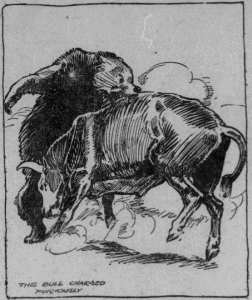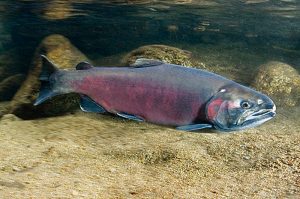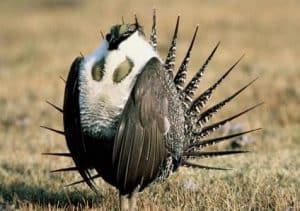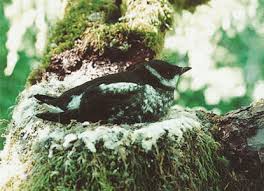One of the factors considered in listing a species under ESA is the adequacy of exiting regulatory mechanisms. One of the biggest payoffs from national forest and BLM planning may be the adoption of such mandatory mechanisms that would protect a species and reduce or eliminate the need to list it under ESA.
The Northwest Forest Plan included a requirement to survey for rare species prior to logging projects – “Survey and Manage.” BLM amended its Northwestern and Coastal Oregon Resource Management Plan in August 2016 (see prior discussion on this blog here). One significant change in the approach to managing at-risk species was eliminating the Survey and Manage requirement. Here is the statement regarding this change from the BLM:
“The Proposed RMP, like the action alternatives, does not include the Survey and Manage measures of the No Action alternative. The Survey and Manage measures were included in the Northwest Forest Plan to respond to a goal of ensuring viable, well-distributed populations of all species associated with late-successional and old-growth forests. This goal of the Northwest Forest Plan was founded on a U.S. Forest Service organic statute and planning regulation, which did not and do not apply to the BLM, and is not a part of the purpose for this RMP revision. As detailed in the analysis in the Proposed RMP/Final EIS, the Proposed RMP will allocate a larger Late-Successional Reserve network than the No Action alternative, will protect older and more structurally-complex forests, and will continue to provide management for many of the formerly Survey and Manage species as Bureau Sensitive species. The Proposed RMP can achieve the purpose of this RMP revision and respond the BLM’s statutory authorities and mandates without the Survey and Manage measures.”
Here is a response:
Conservation groups Monday petitioned the government to list the rare Siskiyou Mountains salamander under the federal Endangered Species Act, claiming federal land managers’ apparent reneging on old “look before you log” provisions in potential future logging sales imperil the rare forest amphibian.
Since 2007, the BLM has been required to survey for rare species like the Siskiyou Mountains salamander and manage 110 high-priority sites for the benefits of salamanders and their habitats. This survey-and-management plan, was also known as the “look before you log” approach, generally includes logging buffers should sales move forward.
Conservation groups originally filed for Endangered Species Act protection for the salamander in 2004. The 2007 conservation agreement, as well as old-growth forest protections under the Northwest Forest Plan, were cited by the Fish and Wildlife Service when it denied Endangered Species Act protection for the salamander.
The Fish and Wildlife Service will now have to consider the effect of the changes in the BLM plan, and may decide that listing this species is warranted. That could lead to further restrictions on logging. Of course BLM could then blame someone else – for forcing it to recognize that protecting species and ecosystems is part of its mission.





